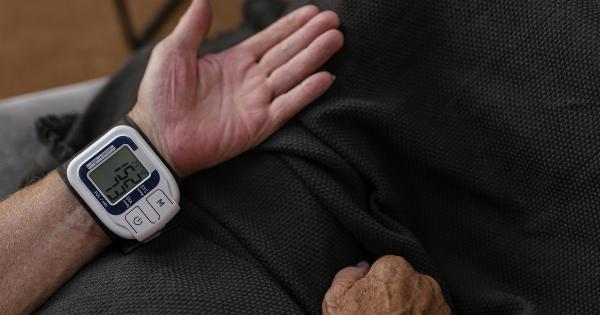Intubation likelihood in Kronovirus remains a crucial aspect of patient care. As the outbreak continues to spread globally, understanding the key patient characteristics that affect the need for intubation is of paramount importance.
This article aims to delve into the factors that influence the likelihood of intubation in Kronovirus patients, providing valuable insights for healthcare professionals.
Age
Age has emerged as a significant factor in determining the likelihood of intubation in patients with Kronovirus.
Older individuals, especially those above 65 years of age, are more susceptible to severe respiratory distress, often requiring intubation to maintain adequate oxygenation. The aging process affects lung function and overall respiratory health, increasing the risk of complications in the presence of a respiratory infection like Kronovirus.
Comorbidities
Patients with pre-existing medical conditions, known as comorbidities, are more likely to require intubation when infected with Kronovirus.
Conditions like hypertension, diabetes, cardiovascular disease, and chronic respiratory illnesses significantly impact the respiratory system’s ability to combat the infection. These underlying conditions lead to compromised lung function, making patients more vulnerable to severe respiratory distress.
Obesity
Obesity has been identified as a significant risk factor for intubation in Kronovirus patients. Excess body weight affects lung capacity and function, reducing the overall respiratory reserve.
Obese patients often struggle with inadequate oxygenation and increased work of breathing, necessitating intubation to ensure proper ventilation and oxygen delivery. Additionally, obesity is associated with a higher prevalence of comorbidities, further exacerbating the need for intubation.
Respiratory Rate and Oxygen Saturation
The respiratory rate and oxygen saturation levels upon admission are indicative of the severity of respiratory distress and frequently correlate with the need for intubation in Kronovirus patients.
Rapid breathing and low oxygen saturation levels suggest inadequate lung function and an inability to maintain oxygenation. Monitoring these parameters closely can help identify patients who may require intubation to improve gas exchange and prevent further respiratory compromise.
Chest X-ray Findings
Chest X-rays play a vital role in assessing the extent of lung involvement in Kronovirus patients. The presence of bilateral infiltrates signifies severe pneumonia and is often associated with a higher likelihood of intubation.
Consolidation, ground-glass opacities, and pleural effusions may also be indicative of more advanced disease stages, requiring intubation to manage respiratory insufficiency.
Acute Respiratory Distress Syndrome (ARDS)
Development of acute respiratory distress syndrome (ARDS) is a major predictor for intubation in Kronovirus patients. ARDS occurs when the lungs become severely inflamed and fill with fluid, leading to respiratory failure.
The presence of ARDS necessitates prompt intubation and mechanical ventilation to support gas exchange, alleviate respiratory distress, and improve patient outcomes.
Immunocompromised Status
Patients with compromised immune systems, such as those undergoing chemotherapy or organ transplant recipients, are at a higher risk of intubation if infected with Kronovirus.
Weakened immune responses impede the body’s ability to fight off the infection effectively, increasing the likelihood of severe respiratory compromise and the need for intubation to manage respiratory failure.
Initial Blood Gas Analysis
An initial blood gas analysis is crucial in evaluating the need for intubation in Kronovirus patients. Arterial blood gas tests provide information on oxygen and carbon dioxide levels, as well as the acidity of the blood.
Low oxygen levels, high carbon dioxide levels, and an abnormal blood pH indicate respiratory failure, necessitating intubation to optimize gas exchange and maintain vital organ function.
Disease Progression
The rate of disease progression in Kronovirus patients significantly influences the likelihood of intubation.
Rapidly progressing respiratory distress, despite supplemental oxygen therapy, may necessitate intubation to ensure adequate ventilation and prevent further deterioration. Close monitoring of disease progression is essential to identify patients who would benefit from early intubation.
Treatment Response
The response to initial treatment modalities, such as supplemental oxygen or antiviral therapy, can indicate the need for intubation in Kronovirus patients.
Lack of improvement or worsening of respiratory distress despite appropriate therapy suggests that the patient’s condition is deteriorating, necessitating intubation to provide advanced respiratory support and ensure adequate oxygenation.






























